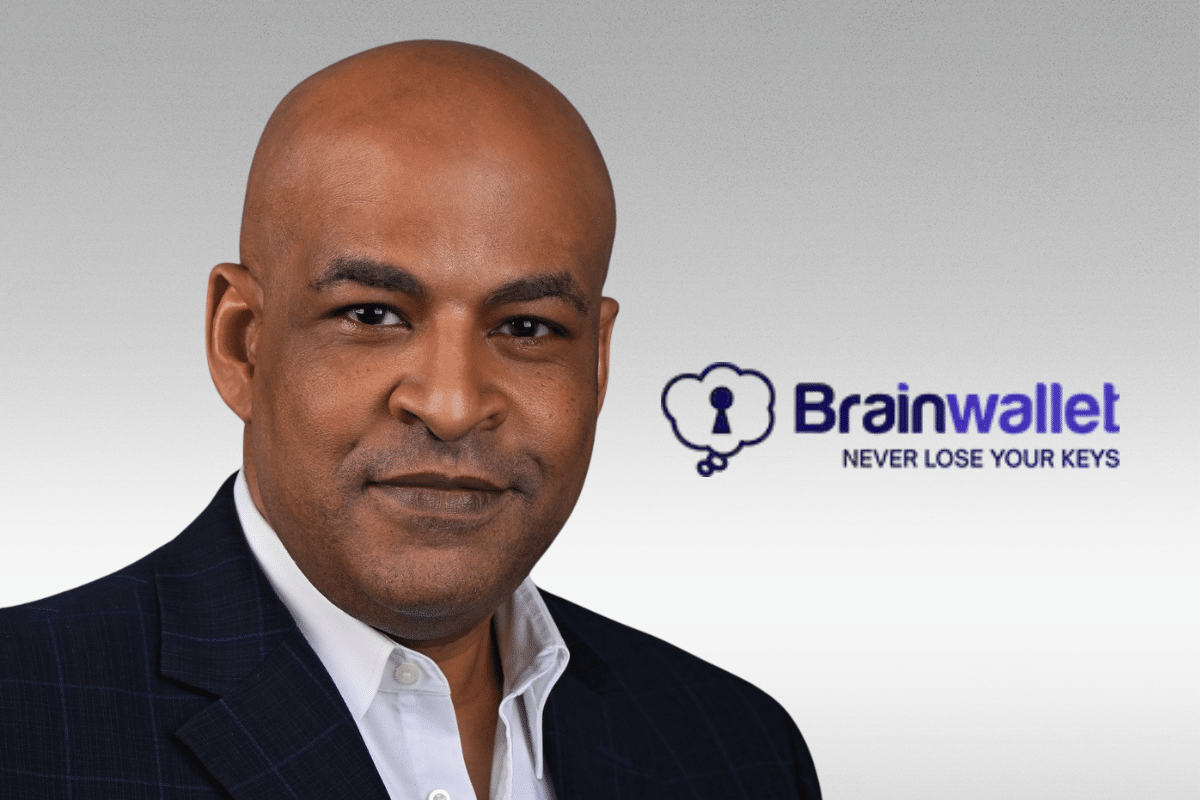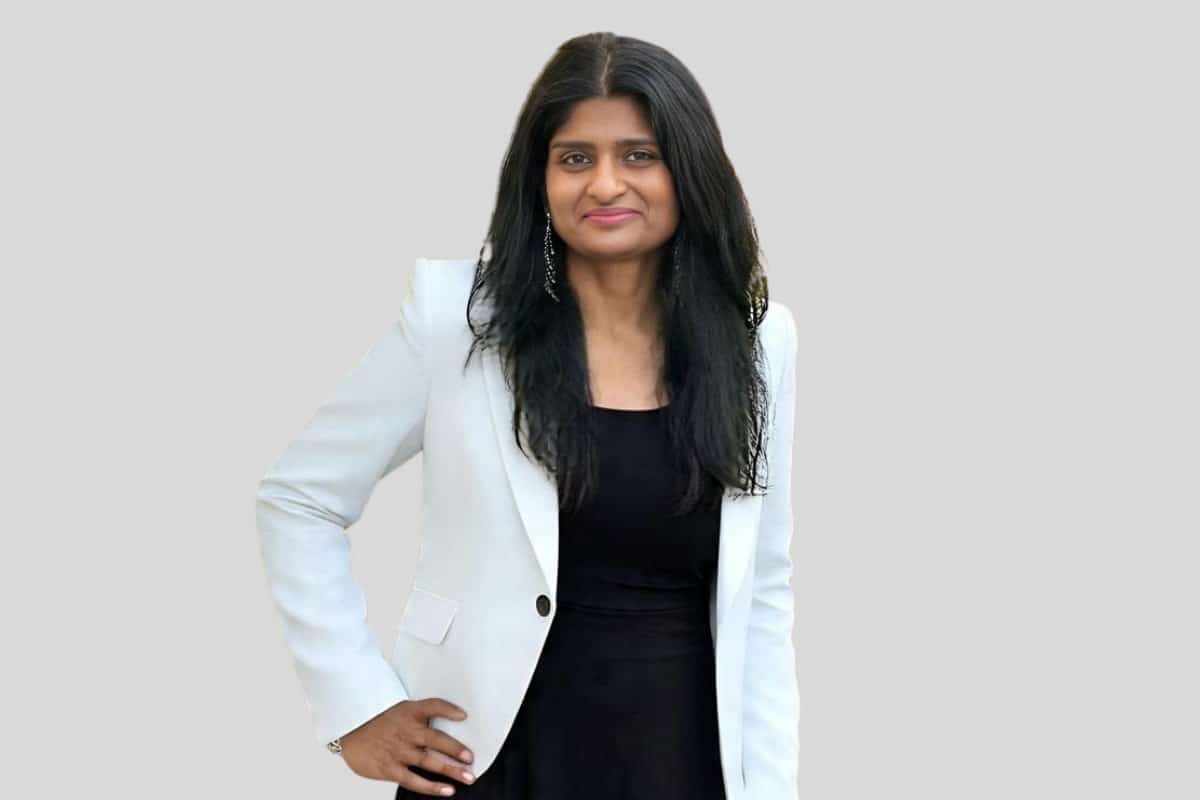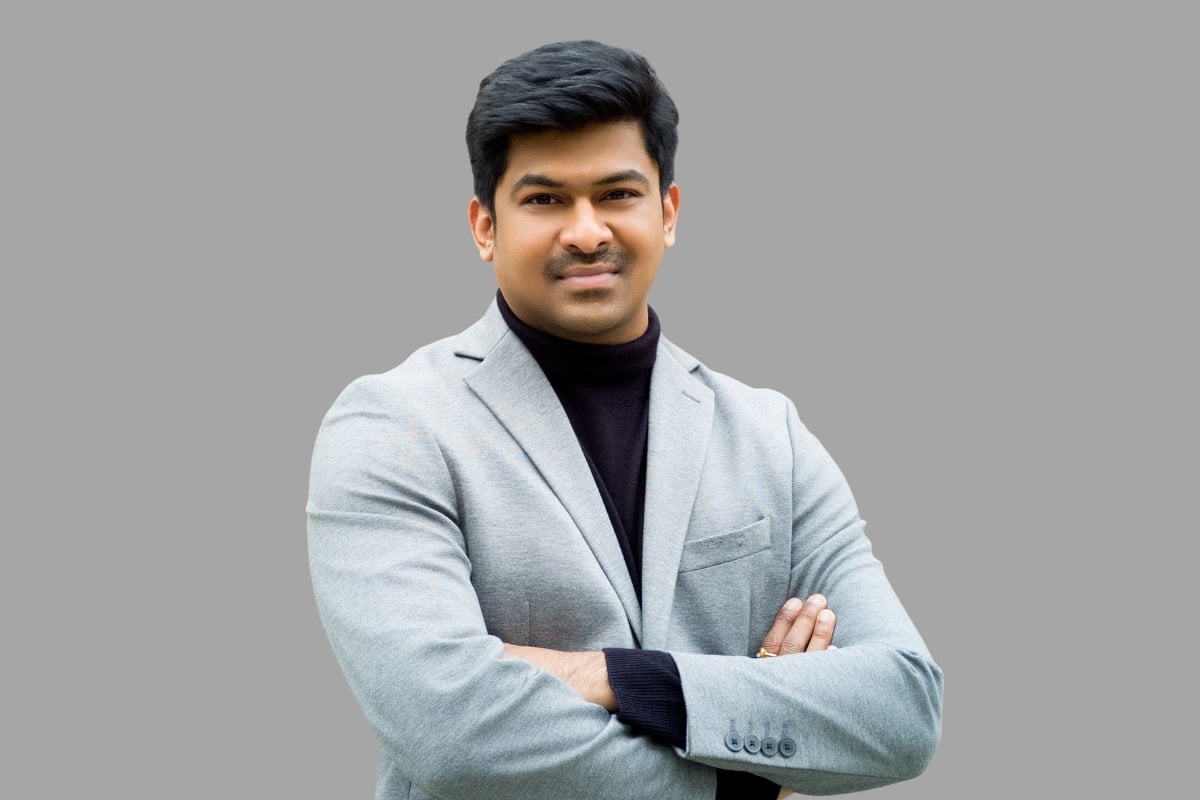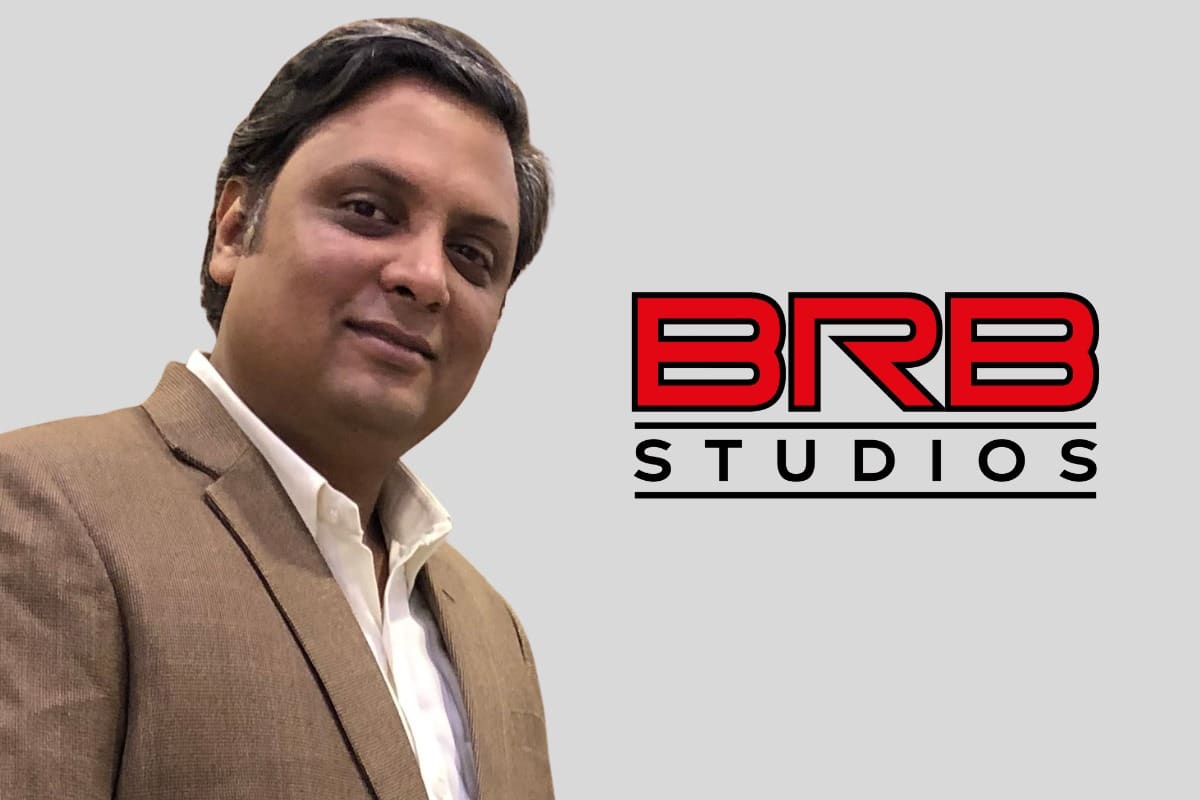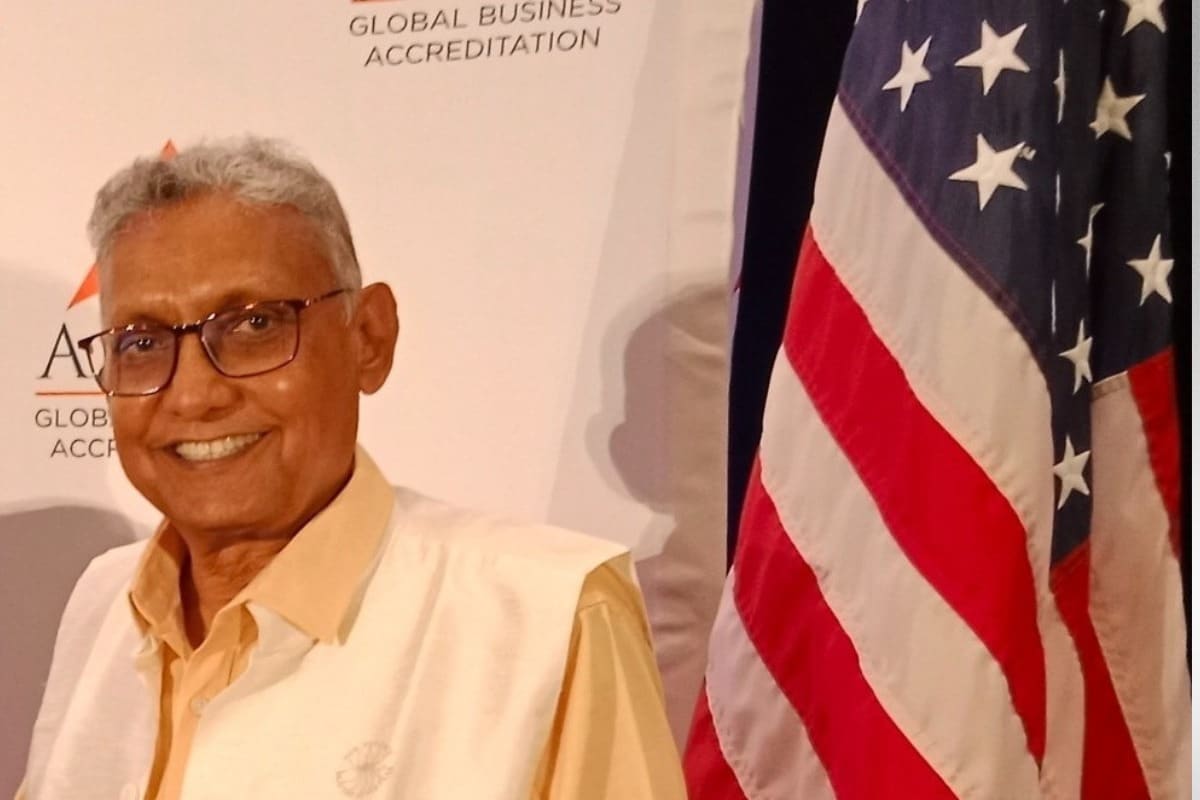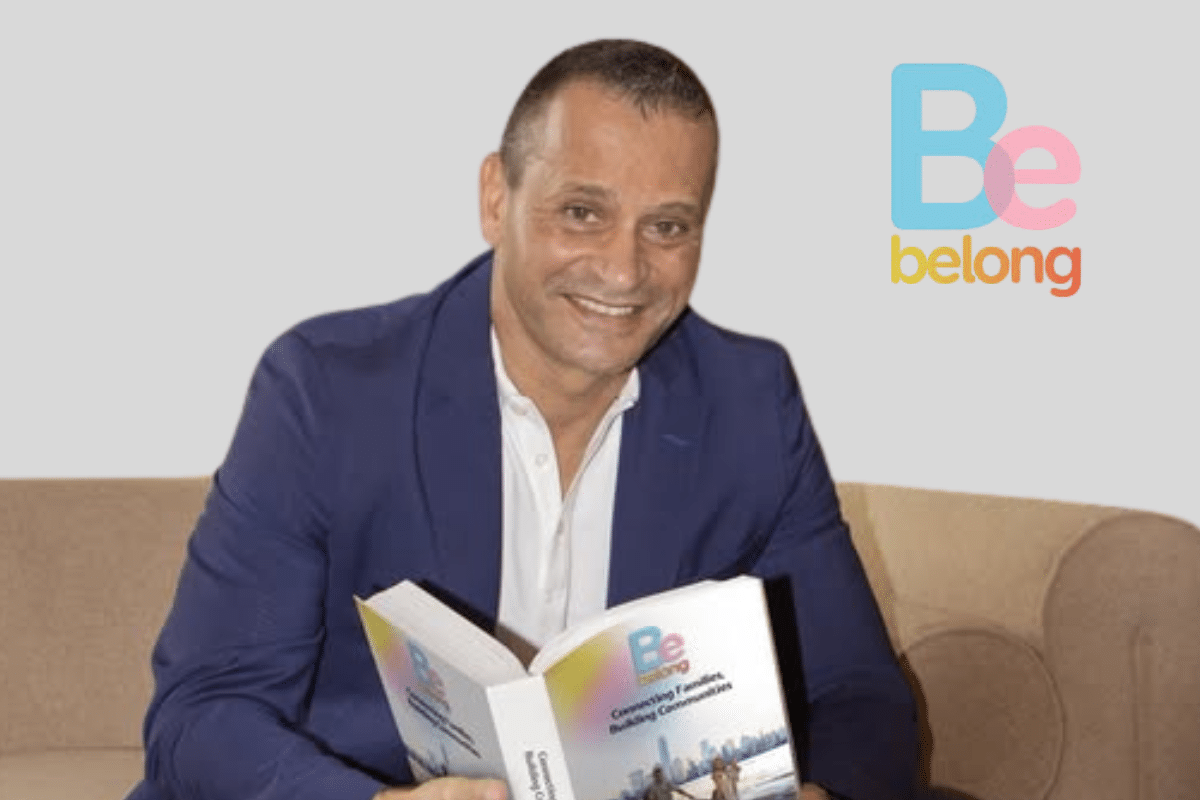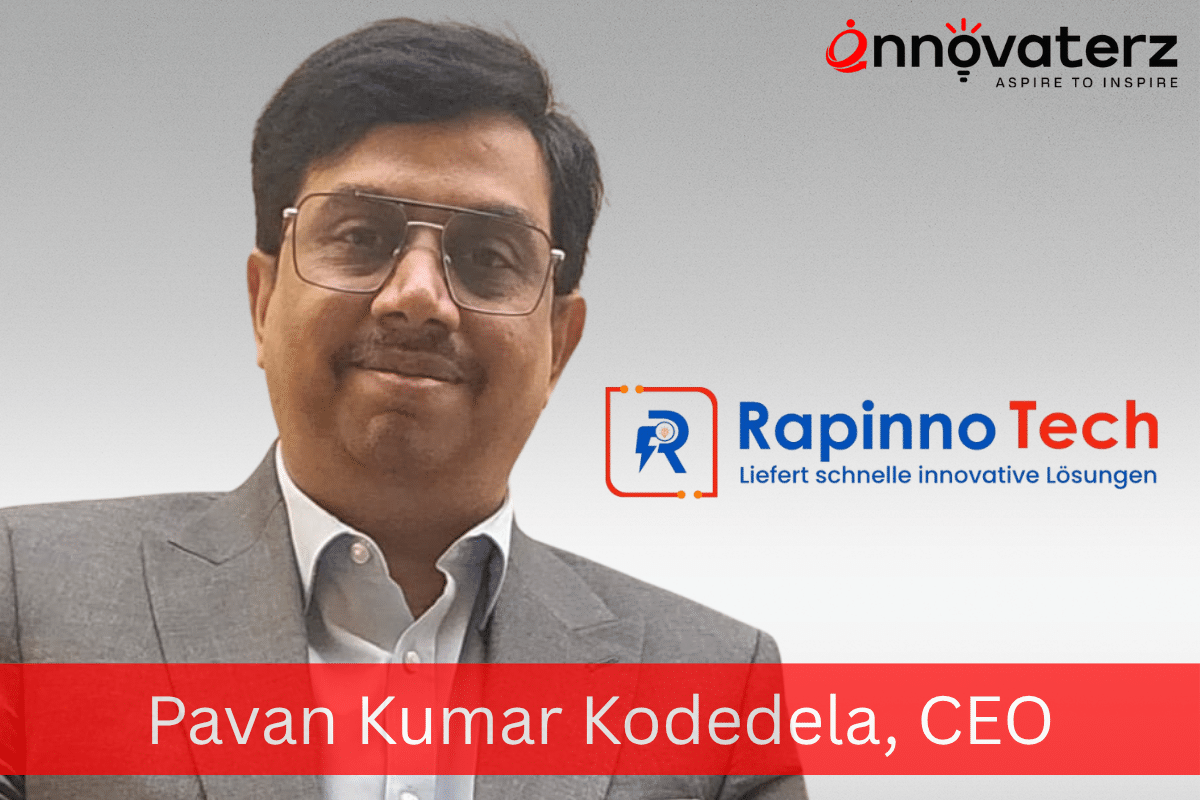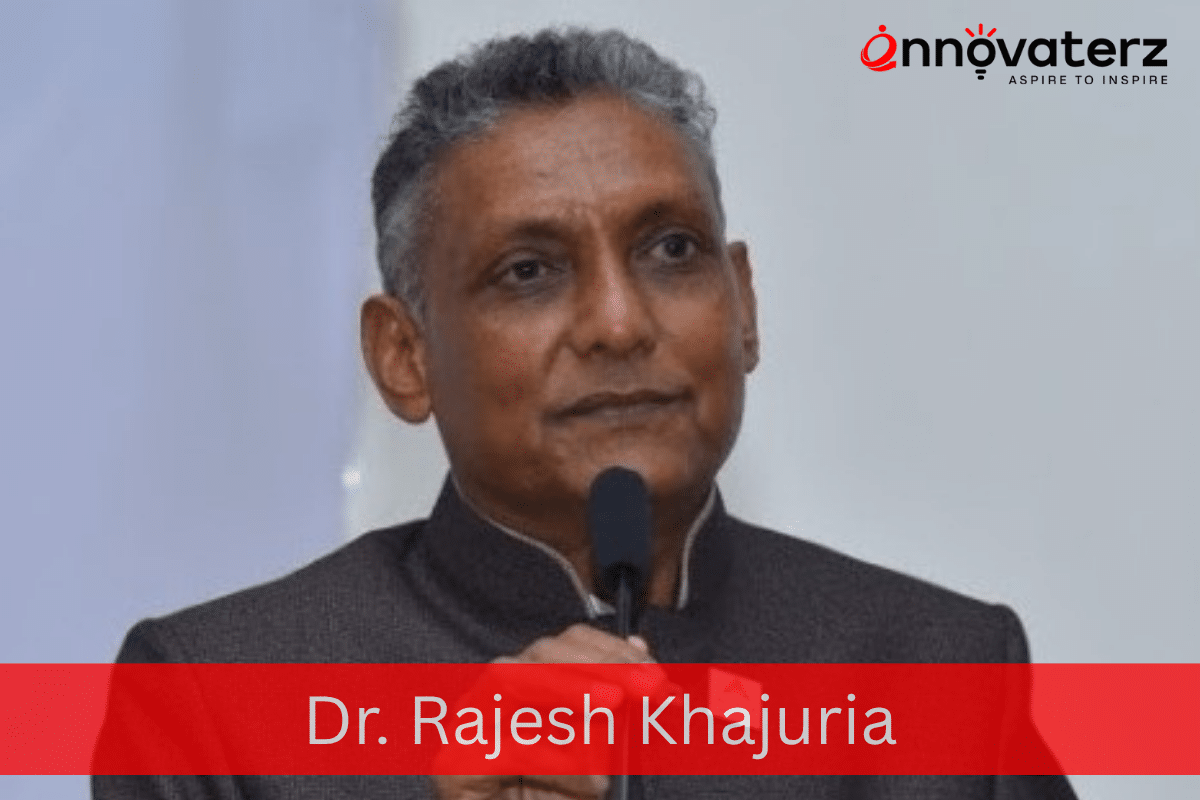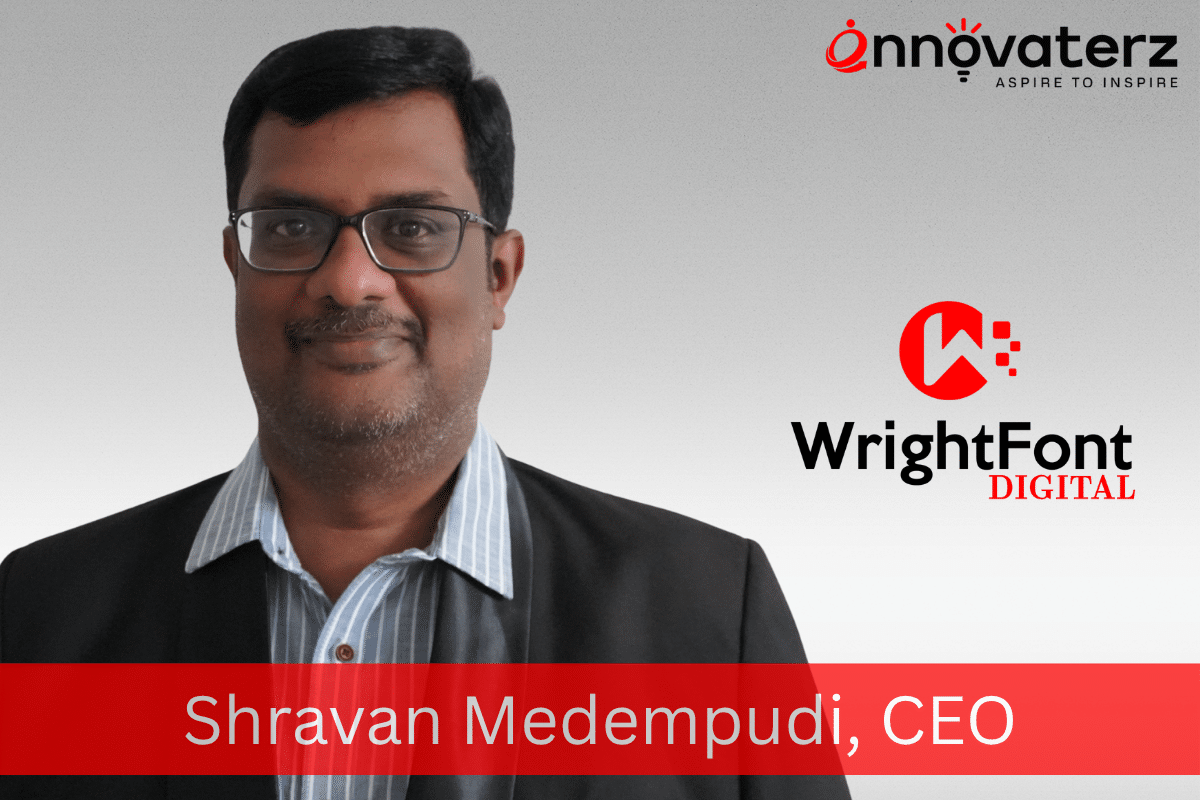Origin & Vision
What motivated you to launch Massil Technologies, and what vision did you begin with?
When I started Massil in 2016, the idea was simple yet bold—make integration smarter, not harder. I had spent years watching enterprises struggle with rigid systems, siloed data, and expensive middleware. The cloud wave was just maturing, and I saw an opportunity to bridge the old and new worlds with scalable, cost-efficient integration.
The vision was to build a company that stayed lean, agile, and partner-first—focused not just on “plugging systems” but on driving real business outcomes. Today, that vision still drives us, even as we take on more complex, AI-infused projects across verticals.
Evolution Through Integration & Open Source
What were some of the biggest challenges in the early integration days, and how did those shape your direction forward?
One of the toughest challenges back then was changing client mindsets. Everyone acknowledged APIs were the future, but implementing API-led connectivity—especially with platforms like MuleSoft—wasn’t always straightforward.
We learned a lot: about governance, real-time scaling, and most importantly, listening deeply to what clients actually needed. Those lessons pushed us to build robust delivery frameworks and reusable assets early. That foundation later allowed us to expand confidently into open-source stacks like WSO2 and KrakenD. In fact, some of our most successful projects, like Keyassure, have been built entirely on open-source—demonstrating that smart architecture doesn’t need to come with a heavy license fee.
What led to your partnership with WSO2 in 2020, and how has it benefited your clients?
WSO2 was a strategic inflection point for us. MuleSoft is a great product—but not every client has the budget or long-term appetite for such enterprise-scale investment. WSO2, being open-source and modular, gave us the agility to deliver high-performance solutions with more flexibility.
After successful pilots, we formalized our WSO2 partnership in 2020. Since then, we’ve built cloud-native integration layers, IDAM solutions, and lightweight API management systems for domains ranging from BFSI to public sector portals. Our certified team brings governance and reliability to the table—while letting clients benefit from full customization and lower TCO.
API Strategy & High-Impact Projects
Your alliance with KrakenD adds another layer to your API strategy. What makes KrakenD a smart addition?
KrakenD reflects where modern API management is headed—stateless, high-performance, and edge-ready. We partnered with them because today’s apps, especially in fintech and retail, need performance without complexity. With KrakenD, we can decouple backend systems and deliver aggregated responses in milliseconds.
It complements our stack beautifully and has worked as a game-changer for clients who want scale and speed within their budget. On top of that, KrakenD’s community and roadmap align perfectly with our future vision, especially in terms of AI readiness.
Among your recent deployments across logistics and banking, which project do you consider a turning point?
Our logistics integration platform built with Spring Boot and KrakenD stands out. We worked with a major player to unify fleet management, supplier onboarding, and last-mile delivery into one real-time system.
But what made it truly transformative wasn’t just the tech—it was the business impact. The client went from 3-week onboarding cycles to just 3 days. Features like rate limiting, smart caching, and live visibility transformed their operations. It was one of those rare moments where modularity, speed, and scale came together exactly as we envisioned.
Future Outlook
Where do you see Massil over the next 3–5 years, and how are you building toward that future—especially with AI in the mix?
We’re transforming into an AI-centric, solution-ready technology hub—one that’s modular, intuitive, and industry-responsive. Our goal is to embed AI into every layer of what we offer.
That means building intelligent, self-healing APIs, predictive SLA monitors, anomaly detection across pipelines, and even AI-driven discovery tools for integration templates. Our framework blends natural language processing, visual clarity, and automation—what we call AI-native thinking with human oversight.
Massil is also becoming technology-agnostic. We’re equipping ourselves to solve challenges across MuleSoft, WSO2, KrakenD, Spring Boot—you name it—without being bound to any single stack. Productization, intelligent accelerators, and global expansion (particularly across the Middle East and the US) are all in motion. The next 3–5 years will see Massil evolve into a centralized platform for agile, AI-powered system integration.
Leadership Philosophy & Personal Discipline
What leadership mindset helps you guide an innovation-first company like Massil through constant tech shifts?
I believe in leading from behind. My role isn’t to dictate, it’s to create an environment where the team feels safe to test, learn, and move fast. Coming from a technical background, I still review architecture, jump into solution discussions, and join whiteboarding sessions.
But now, my focus is more on enabling others. I want to build leaders, not dependencies. Talking directly to clients also keeps me satisfied, it ensures we’re solving real problems, not building for vanity metrics.
How do you stay grounded and sharp in a high-speed tech role? Any personal rituals that help?
It’s about rhythm and reflection. Every morning I read—sometimes it’s tech, sometimes it’s philosophy or business thought leadership. In the evenings, I take a walk with no phone—just space to think.
I also keep a weekly journal, noting down what I’ve learned, who I appreciated, and where I need to do better. These small rituals help me stay centered. Tech evolves rapidly, but principles like empathy, clarity, and curiosity are timeless anchors.


